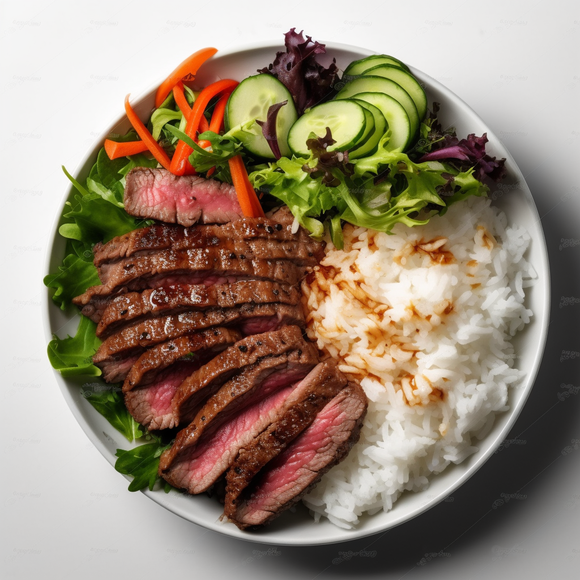🥩 AAA Ontario Grass-Fed Bavette - A Culinary Gem for Discerning Palates! 🌿✨
Embark on a gastronomic adventure with our AAA Ontario Grass-Fed Bavette, a cut that transcends culinary boundaries. Crafted from premium grass-fed beef and aged for over 40 days, each 12oz Bavette promises a symphony of flavors and tenderness.
🌱 Grass-Fed Excellence: Savor the pure, natural goodness of grass-fed beef with our Bavette. Raised in Ontario's lush pastures, our cattle graze on nutrient-rich grass, imparting a unique and wholesome taste.
🔥 40+ Days Aged Perfection: Elevate your dining experience with the rich and intensified flavors of our carefully aged Bavette. The 40+ days of aging contribute to its exceptional tenderness and depth of taste.
🍽️ Versatile Culinary Marvel: From the grill to the pan, our Bavette is a culinary chameleon, adapting to various cooking methods with ease. Perfect for quick searing or slow cooking, it's a versatile cut that never fails to impress.
🥩 Marbling Bliss: Delight in the Bavette's well-marbled composition, where the perfect balance of lean muscle and fat results in a succulent and juicy eating experience. Each bite is a celebration of marbling excellence.
👨🍳 Chef's Delight: Cherished by chefs for its quality and versatility, our Bavette is a secret weapon in the kitchen. Its texture and flavor make it an ideal canvas for culinary creativity.
🌿 Natural Purity: Embrace the natural purity of grass-fed beef. Free from additives and antibiotics, our Bavette allows you to relish the unadulterated taste of premium, conscientiously raised beef.
Elevate your dining moments with Wiser Meats' AAA Ontario Grass-Fed Bavette (12oz) – where culinary excellence meets the richness of grass-fed, aged beef! 🥩🌿 #GrassFedBavette #CulinaryGem #AgedBeefPerfection #WiserMeats






